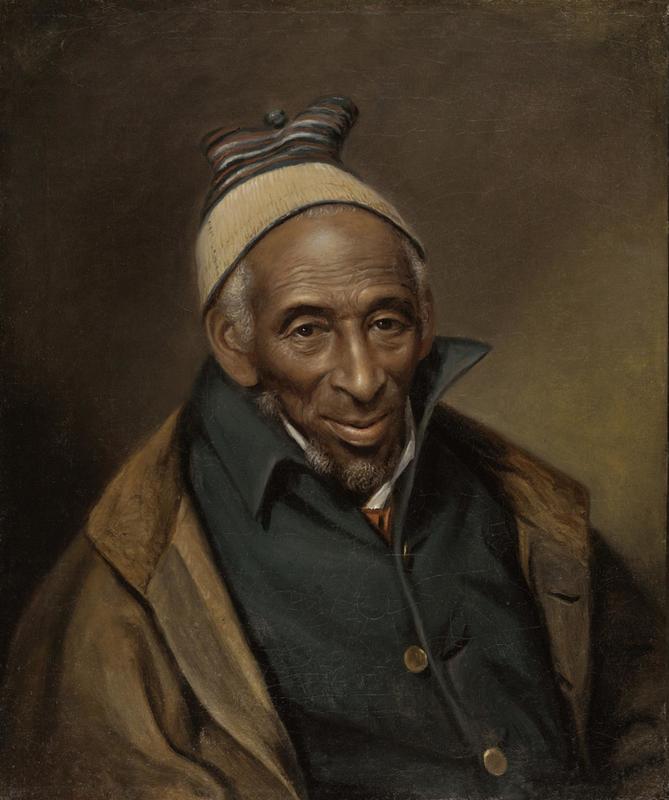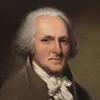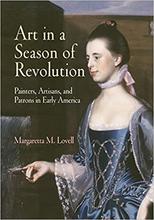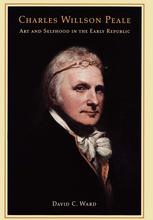More about Yarrow Mamout (Mamadou Yarrow)
- All
- Info
- Shop

Contributor
Man supposedly 140 years old at the time of this portrait.
When Charles Willson Peale painted this portrait of Muhammed Yaro, known to his English-speaking neighbors as Yarrow Mamout, his sitter was said to be an improbable 140 years old. In reality, Yarrow was more like 83. It is thought that Yarrow was brought to North America as a slave from Guinea around 1752 and endured 45 years of slavery before eventually being granted his freedom and settling in the Georgetown area. Images of Black people from this time period are rare, and even rarer are individual portraits such as this one. Yarrow was a practicing Muslim, and his rather cozy looking headwear in this portrait is reminiscent of the caps worn by observant Muslim men. So why did Peale paint this portrait, and who was it for?
It's easy to assume that in the predominantly Protestant and otherwise Christian landscape of the early American republic, a Muslim individual would stand out as somewhat of a curiosity. But it wasn’t like Islam was completely unknown in Early America. Enslaved people brought from predominantly Muslim regions and ethnic groups are well known to have continued their practice in North America. Muslim names appear on Revolutionary War muster rolls, and many first-hand accounts from enslaved individuals recall people whose names and religious beliefs align with the practice of Islam. The founding fathers were also aware of the presence of Islam in America. Thomas Jefferson owned a copy of Quran, and in his campaign for religious freedom in Virginia, specifically mentions Muslims. There were hundreds, possibly thousands of enslaved practicing Muslims in the Chesapeake region at this time, and Yarrow’s faith simply isn’t enough of an explanation for this extraordinarily human and individualistic portrait.
Turns out, Yarrow was actually quite the important figure around town. After earning his freedom at age 40, Yarrow seems to have been a jack of all trades, making bricks and charcoal, loading ships, and weaving baskets. You could say the guy knew how to hustle. He was financially stable enough to actually lend money to merchants at one point, and owned stock in the Colombia Bank of Georgetown. Yarrow was well known in town for his habit of walking the streets singing and loudly praising Allah. So where does Peale come in? During the process of filling his weird and ill-fated museum, Charles Willson Peale traveled around seeking out important people to sit for portraits. When he heard from local friends about the supposedly 140 year old man, he had to meet him to find out his secrets. After their meeting, Peale would attribute the longevity of his sitter to a positive outlook on life, and a belief that true religion comes from the heart.
Sources
- Amon, Ayla. "African Muslims in Early America." National Museum of African American History and Culture. September 25, 2018. Accessed October 08, 2018. https://nmaahc.si.edu/explore/stories/collection/african-muslims-early-….
- King, Colbert I. "Yarrow Mamout, the Slave Who Became a Georgetown Financier." The Washington Post, February 13, 2013. https://www.washingtonpost.com/opinions/yarrow-mamout-the-slave-who-bec…
- PORTRAIT OF YARROW MAMOUT (MUHAMMAD YARO). PDF. Philadelphia: Philadelphia Museum of Art. https://www.philamuseum.org/doc_downloads/education/object_resources/31…
- Gomez, Michael A. "Muslims in Early America." The Journal of Southern History 60, no. 4 (1994): 671-710. doi:10.2307/2211064.
Featured Content
Here is what Wikipedia says about Portrait of Yarrow Mamout
Portrait of Yarrow Mamout is a portrait painting of Yarrow Mamout created by Charles Willson Peale in 1819. It is currently housed in the Philadelphia Museum of Art.
Check out the full Wikipedia article about Portrait of Yarrow Mamout














